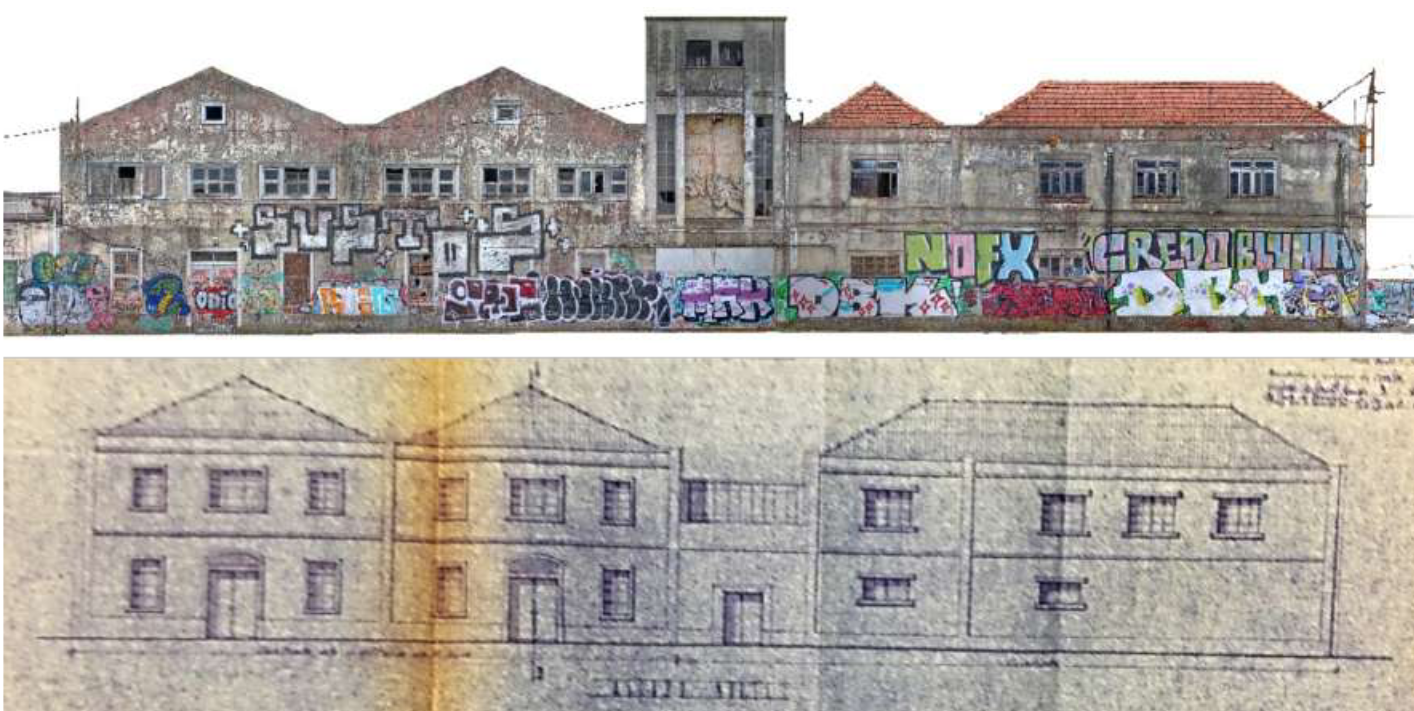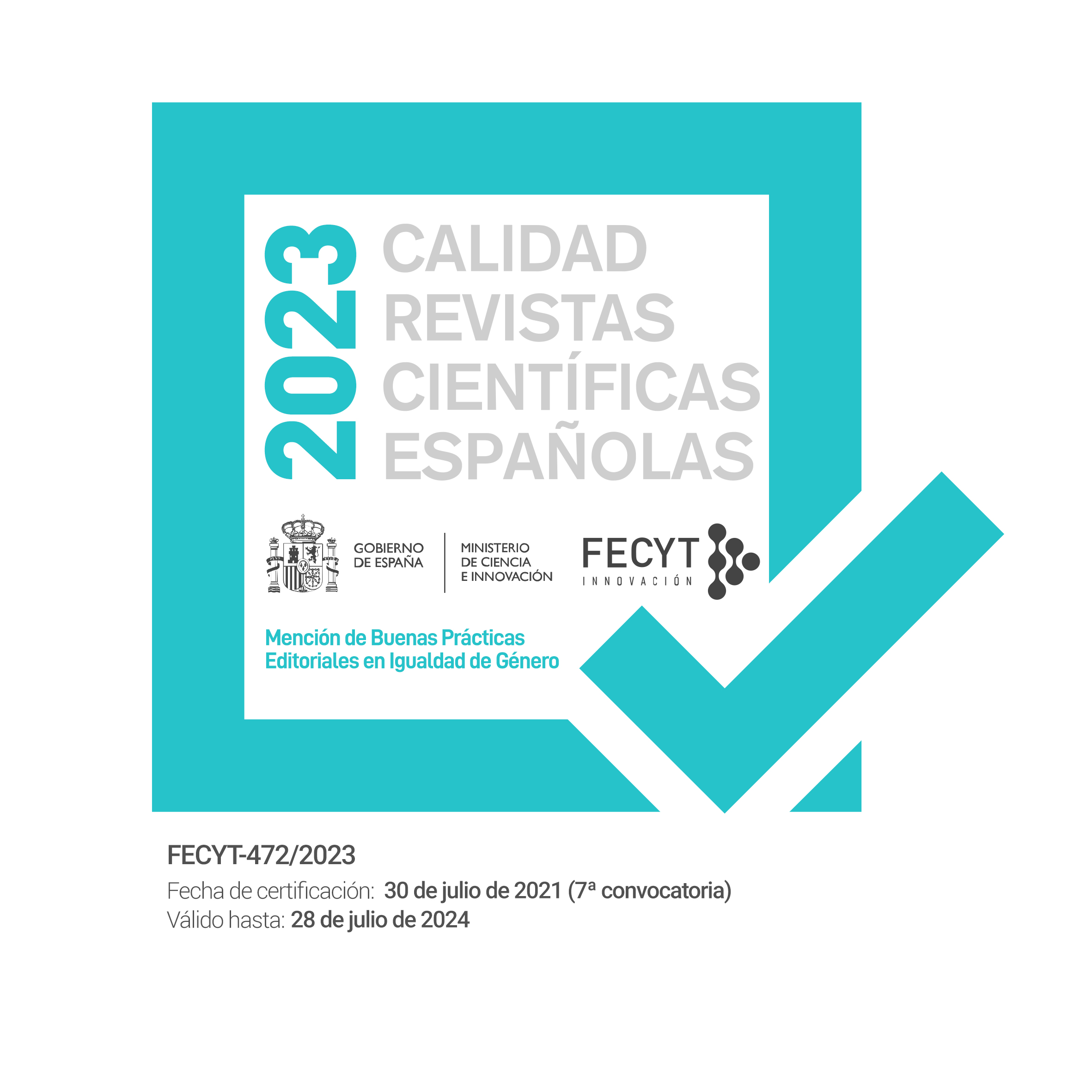The reused Factory: the contribution of building archaeology for the knowledge and enhancement of industrial heritage
DOI:
https://doi.org/10.30827/e-rph.v0i27.17900Keywords:
Industrial Heritage, Industrial Archaeology, Documentation, Methodology, Built heritageAbstract
The factory, this eminently representative structure of industrial society, is, due to its functional and adaptive character, altered, rebuilt and added multiple times throughout its history. In this change are engraved the marks that reveal the owners' decisions, the new aesthetic values, or the technological evolution.
The specimens that have survived to the present day are now deeply threatened, due to the misunderstanding of the values of this heritage and the bustle of urban renewal that we are going through. But this heritage, often undervalued in territorial management, contains stories and knowledge that, in order to be at the service of today's society, need a systematic, attentive and urgent work of survey and documentation.
This article proposes an analysis of the contribution of the tools of building archaeology in the industrial archeology projects, for the understanding of the profound transformations of this object in four key phases of the building's life: design, installation and use, abandonment, and rehabilitation. It seeks to draw attention to the relevance of this approach to built heritage for its understanding, documentation, interpretation and appreciation in the documentation phase.
Downloads
References
BROGIOLO, G. P. (1995). “Arqueología Estratigráfica y Restauración”, Informes de la construcción, Vol. 46 No. 435 ene/feb, pp. 32-36.
CABALLERO ZOREDA, L. (2006). “Arqueología de la Arquitectura – Conocimiento e intervención”, Revista Estudos/Património, n.º 9. IPPAR, Lisboa, pp. 33-43.
CABALLERO ZOREDA, L. (2009). “Edificio Histórico y Arqueología: un compromiso entre exigencias, responsabilidad y formación”, Arqueología de la Arquitectura, (6), pp.11-19.
CAMPANA, S., SORDINI, M., BIANCHI, G., FICHERA, G. A., & LAI, L. (2012). ”3D recording and total archaeology: from landscapes to historical buildings”. International Journal of Heritage in the Digital Era, 1(3), 443-460.
CLARK, Bonnie J., y Kathleen CORBETT. (2006). "Finding Common Ground in Common Places". En: Between Dirt and Discussion. Springer US, pp. 151-167.
COSSONS, Neil. (2000). “Perspective”. En: N. Cossons ed., Perspectives on Industrial Archeology. London: Science Museum, pp. 9-17.
COSSONS, Neil. (2007). “Industrial Archaeology: The Challenge of the Evidence”, The Antiquaries Journal, 87, pp. 1-52.
COWIE, J. y J. HEATHCOTT (Eds.) (2003). Beyond the ruins: The meanings ofdeindustrialization. Ithaca, NY: ILR Press.
CRUZ, L., BARBOSA, P., y FARIA, F. (2016). Central Tejo. Uma Biografia (1909–1990). Lisboa: Fundação EDP/Documenta.
DAVIES, Martin. (1987). "The archaeology of standing structures", The Australian Journal of Historical Archaeology, 7, pp. 54-64.
DE VOS, P. J. (2017). “Documenting for Posterity: Advocating the Use of Advanced Recording Techniques for Documentation in the Field of Building Archaeology”, ISPRS Annals of the Photogrammetry, Remote Sensing and Spatial Information Sciences,Volume IV-2/W2 4, pp. 59-65.
EDENSOR, T. (2005). Industrial Ruins - Spaces, Aesthetics, and Materiality. Oxford and New York: Berg.
GOULD, S. (2015). “The Rolt Memorial Lecture 2012: Industrial Heritage At Risk”, Industrial Archaeology Review, 37:2, pp. 73-92.
HICKS, D. y HORNING, A. (2006). ‘Historical Archaeology and Buildings’. En: Hicks, D. & Beaudry, M. (eds) A Cambridge Companion to Historical Archaeology, Cambridge: University Press, pp.273–92.
ICOMOS y TICCIH. (2011). Joint ICOMOS – TICCIH Principles for the Conservation of Industrial Heritage Sites, Structures, Areas and Landscapes. Dublin: ICOMOS y TICCIH.
MEDEIROS, L. (2018). Heritage-led Development in Postindustrial Areas: A systemic approach to cultural landscapes. PhD Thesis, Michigan Technological University.
MEDEIROS, L., (2019). Trabalhos Arqueológicos na Fábrica de Descasque de Arroz da Casa Cadaval (Salvaterra de Magos): Tecnologia, Património e Comunidade. Al-Madan online, 22(tomo 3) Jan, 9-19.
MEDEIROS, L., GARCIA-FERNANDEZ, J. (2020). “Making sites and objects talk: experiences in academic research, new technologies and community engagement”. ISPRS Ann. Photogramm. Remote Sens. Spatial Inf. Sci. VI, WG VI/4.
MENDES, J. A. (1991). “A arqueologia Industrial: uma nova vertente de conservação do património cultural”. In Revista Portuguesa de História. 26. pp. 111-124.
MORIN, Bode J. (2014). “Industrial Heritage in Archaeology”. En: Clare Smith ed, Encyclopedia of Global Archaeology. New York: Springer, pp. 3864-3873.
NEWMAN, C. (2015). “A mansion for the mad: an archaeology of Brooke House, Hackney”, Post-Medieval Archaeology, 49:1, pp.156-174, DOI:10.1179/0079423615Z.00000000076.
OGLETHORPE, M.; Mcdonald, M. (2012). “Recording and documentation”. En Douet, J. (ed.) Industrial Heritage Re-tooled. Lancaster: Carnegie Publishing Ltd, pp. 55-62. PAVLOVSKIS, M., MIGILINSKAS, D., ANTUCHEVIČIENĖ, J., & KUTUT, V.
(2019). “Implementing BIM for industrial and heritage building conversion”, 17th International Colloquium ‘Sustainable decisions in built environment’, https://doi.org/10.3846/colloquium.2019.003
RAMALHO, M. (2002). “Arqueologia da Arquitectura – O método arqueológico aplicado ao estudo e intervenção em património arquitectónico”, Revista Estudos/Património, n.º 3, pp. 19-29.
SANTOS, R. (2015). “Arqueologia da Arquitectura: Olhar Paredes, Ver Vivências”. Rev. Arqueologia Pública. Campinas, SP, v.9 Nº.1(11), pp.60-72.
SCHULLER, M. (2002). Building archaeology. Monuments and Sites, 7, ICOMOS.
STORM, Anna. 2008). Hope and Rust: Reinterpreting the Industrial Place in the late 20th century. Stockholm: Royal Institute of Technology.
TICCIH (2003). The Nizhny Tagil Charter for the Industrial Heritage. The International Committee for the Conservation of the Industrial Heritage (TICCIH), July, 2003.
VITERBO, F. S. (1896). “Arqueologia Industrial Portuguesa. Os moinhos”, O Archeologo Português, vol. II, números 8 e 9.

Downloads
Additional Files
Published
How to Cite
Issue
Section
License
Las/os autoras/es conservan los derechos de autoría y otorgan a la revista el derecho de primera publicación (reproducción, edición, distribución, comunicación pública y exhibición).
Más infomación en Sobre la revista > Aviso de derechos de autor/a














